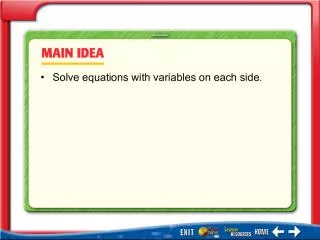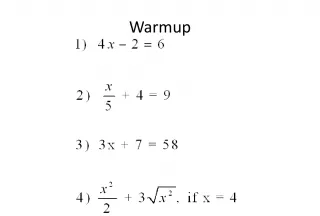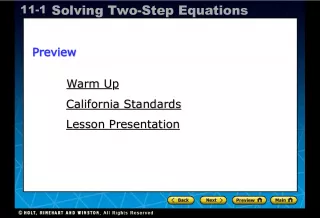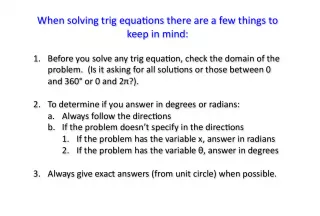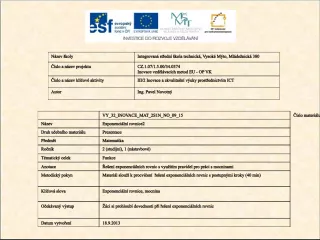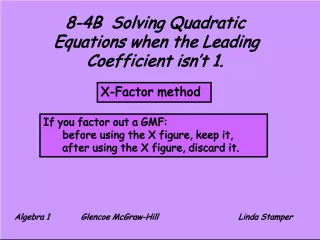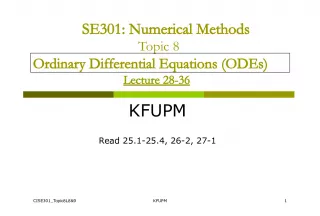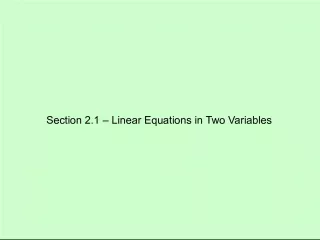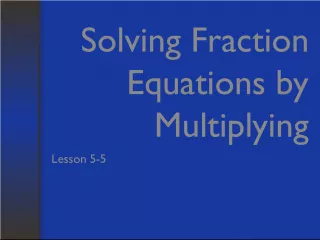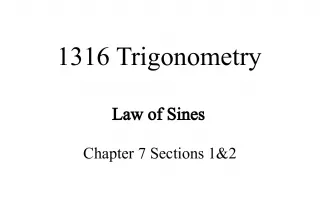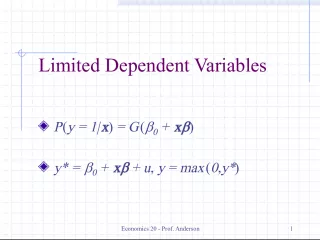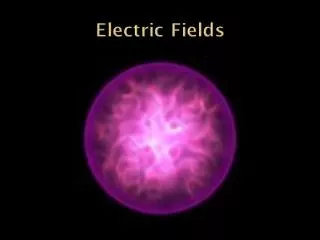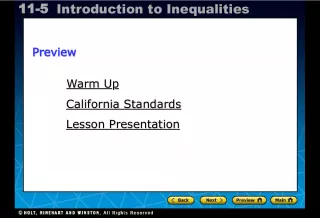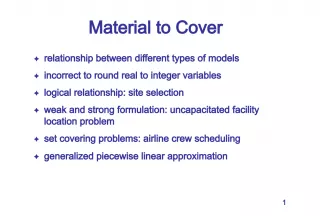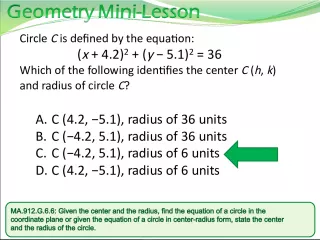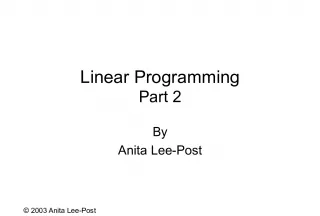Solving Equations with Variables on Both Sides Using the Equation Ladder
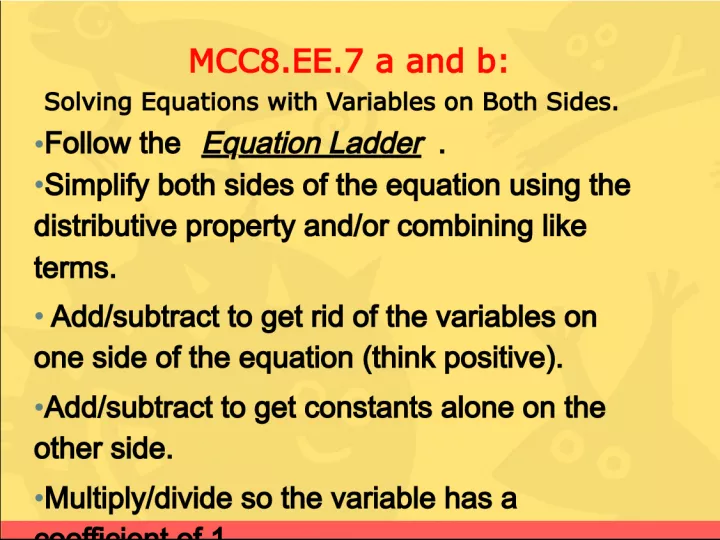

In this lesson, you will learn how to solve equations with variables on both sides by following the Equation Ladder. You will simplify both sides of the
- Uploaded on | 4 Views
-
 alice
alice
About Solving Equations with Variables on Both Sides Using the Equation Ladder
PowerPoint presentation about 'Solving Equations with Variables on Both Sides Using the Equation Ladder'. This presentation describes the topic on In this lesson, you will learn how to solve equations with variables on both sides by following the Equation Ladder. You will simplify both sides of the. The key topics included in this slideshow are . Download this presentation absolutely free.
Presentation Transcript
Slide1MCC8.EE.7 a and b: Solving Equations with Variables on Both Sides. • Follow the Equation Ladder . • Simplify both sides of the equation using the distributive property and/or combining like terms. • Add/subtract to get rid of the variables on one side of the equation (think positive). • Add/subtract to get constants alone on the other side. • Multiply/divide so the variable has a coefficient of 1.
Slide2Equations w/ Variables on Both SidesLinear equations can have - exactly one solution . (We’ve seen this) - no solution . (We haven’t seen this.) - infinitely many solutions . (Or this.) No solution and infinitely many solutions occur when the variable “ falls out ” of the equation you are trying to solve.
Slide3Equations w/ Variables on Both SidesIf the equation has no solution , when the variable falls out, the statement left behind is obviously false , like 4 = 7. Say, “no solution.” If the equation has infinitely many solutions , when the variable falls out, the statement left behind is obviously true , (your book calls this an identity) like 5 = 5 or 0 = 0. Say, “infinitely many solutions” or just “many solutions.”
Slide4Equations w/ Variables on Both SidesExample: 6(x + 4) = 4x + 2x – 12 6x + 24 = 6x – 12 –6x –6x 24 – 12 = Obviously false, so equation has no solution. < --Distribute on the left, combine like terms on the right. <-- Subtract 6x on each side.
Slide5Equations w/ Variables on Both SidesExample: 3(x + 4) = 4 + 3x + 8 3x + 12 = 3x + 12 –3x –3x 12 12 = Obviously true, so this equation has infinitely many solution. < --Distribute on the left, combine like terms on the right. <-- Subtract 3x on each side.
